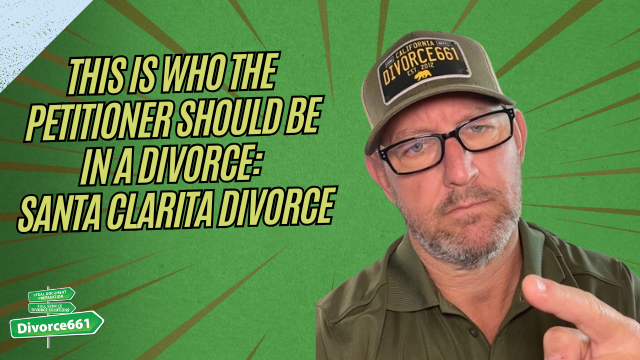How to Avoid Common Mistakes in Riverside County Divorces | Riverside Divorce Tips
Hi, I’m Tim Blankenship from Divorce661. In a recent video I explained the most common mistakes people make when filing for divorce in Riverside County. If you’re starting the process, this article captures that advice and expands on practical steps you can take to avoid rejections, delays, and needless stress.
Why Riverside County paperwork gets rejected
Riverside County courts are strict about documentation and procedure. Even in amicable, uncontested matters, the court expects complete and consistent paperwork. The three issues that cause the majority of rejections are:
- Incomplete financial disclosures – Exchanging a Schedule of Assets and Debts and an Income and Expense Declaration is mandatory. Missing or incomplete financial disclosures almost always trigger a rejection.
- Improper service or missing Proof of Service – If your spouse isn’t served correctly or you fail to file valid proof, the case can stall or be dismissed.
- Judgment package errors – Inconsistencies, missing documents, or errors in a Marital Settlement Agreement (MSA) will cause the court to send your judgment back.
Common mistakes explained (and how to avoid them)
1. Skipping or submitting incomplete financial disclosures
Even when couples agree on terms, the law requires formal disclosure of assets, debts, income, and expenses. The two key forms are:
- Schedule of Assets and Debts
- Income and Expense Declaration
If these aren’t completed and exchanged, the court can and will reject your judgment. Double-check totals, list all accounts and property, and make sure both parties sign or acknowledge the disclosures as required.
2. Improper service and missing proof
Serving the other party correctly is not optional. If the service procedure is wrong or the Proof of Service filed with the court is invalid, your case can be delayed or dismissed. Common service issues include:
- Service done by someone who is not legally allowed to serve papers
- Incorrect dates or missing signature on the Proof of Service
- Mailing or posting that does not meet court rules
Make sure you understand the acceptable methods of service and file the Proof of Service promptly and accurately.
3. Judgment package errors and inconsistent MSAs
The court reviews the judgment package carefully. If terms in your Marital Settlement Agreement conflict with other documents, or if forms are missing, the package will be rejected. Common pitfalls include:
- Inconsistent language between the MSA and the judgment forms
- Missing signatures or notarial acknowledgements
- Omitted required attachments or financial exhibits
Before filing, read every document against the MSA line by line to ensure consistency.
A real example: Why professional help can save time
We recently worked with a Riverside couple who tried to do their divorce themselves. Their judgment was rejected twice—once for errors in their agreement and again for missing financial forms. After they contacted us, we cleaned up the paperwork, ensured proper service, completed the required disclosures, and eFiled the corrected judgment. Their divorce was finalized within weeks.
Practical checklist to prevent court rejections
- Prepare and exchange a complete Schedule of Assets and Debts.
- Complete and exchange an Income and Expense Declaration.
- Confirm the correct method of service and file a valid Proof of Service.
- Review the Marital Settlement Agreement and judgment forms for consistency.
- Ensure all signatures and notarizations are present and correct.
- Consider eFiling to keep the case on track and reduce processing time.
How Divorce661 helps streamline your Riverside divorce
At Divorce661 we focus on what Riverside County courts expect. Our full-service approach includes:
- Preparing documents correctly
- Ensuring proper service and filing valid Proofs of Service
- Completing all required financial disclosures
- Drafting consistent Marital Settlement Agreements
- eFiling your case to minimize delays
We handle the details so you don’t have to worry about rejected paperwork or repeated trips to the clerk’s office.
Final thoughts
Filing for divorce in Riverside County doesn’t have to be a drawn-out, stressful process. The majority of delays and rejections are preventable by following a few essential steps: complete your financial disclosures, serve correctly and file proof, and make sure your judgment package is consistent and complete.
If you want to avoid common mistakes and get your Riverside divorce handled right the first time, schedule a free consultation at Divorce661.com. We’ll review your situation, prepare the paperwork properly, and help you move forward with confidence.
“If you want to avoid the most common mistakes and get your Riverside divorce handled right the first time, visit Divorce661.com to schedule your free consultation.” — Tim Blankenship










